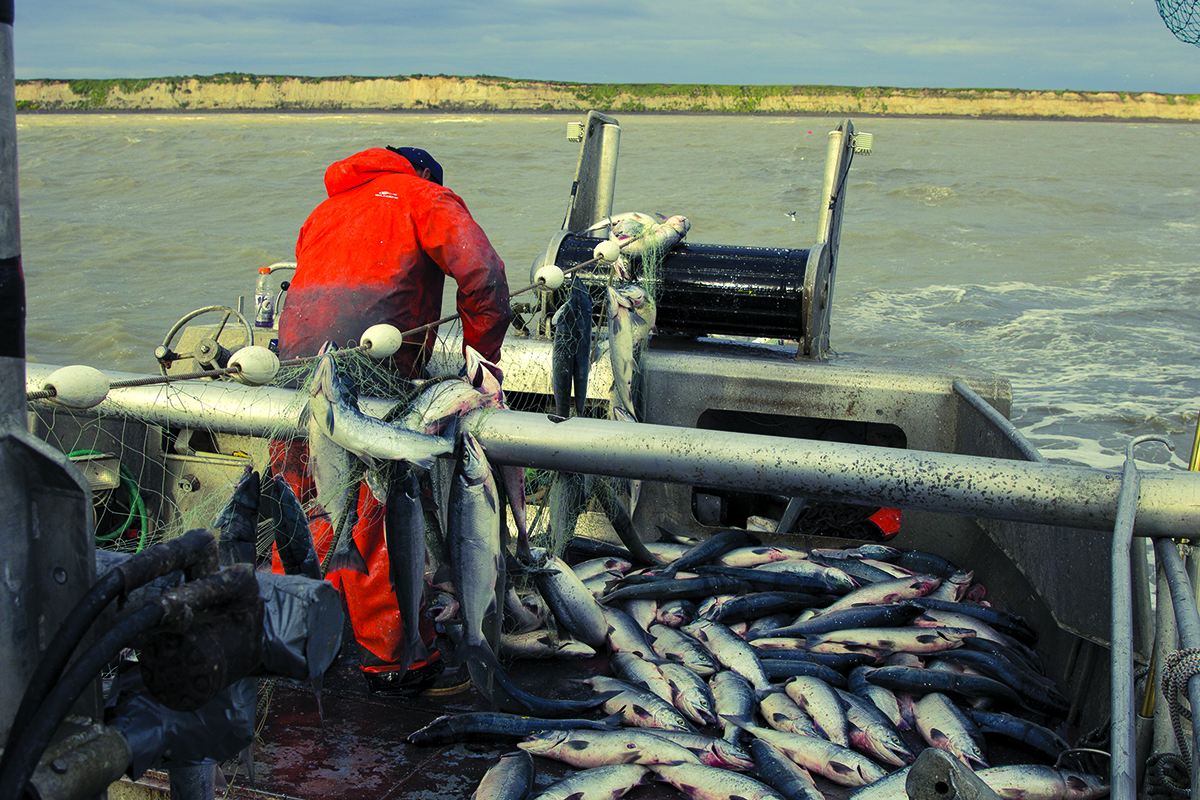On Wednesday, June 15, Peter Pan Seafoods said it will pay fishermen in Alaska’s Bristol Bay $1 per pound for sockeye salmon they sell to the company in the 2022 season.
Peter Pan is the first Alaska salmon processor to announce a base price for Bristol Bay sockeye this season – the second consecutive year it has taken that honor. Last year, it became the first company in decades to tell fishermen what they would get paid before the season started, posting an initial price of $1, which it later upped to $1.25, matching an offer made by OBI Seafoods.
"We [named the price early] out of respect for our partners, the fishermen. And just like in 2021, this is a starting point for us. We want to evaluate the fishery as it goes along and we'll make adjustments to that price as the season progresses,” Peter Pan Bristol Bay Manager Travis Roenfanz told Alaska Public Media. "We wanted the fishermen to have security that it's not going to be less than a dollar. We anticipate seeing it ratchet up. And so we're calling it an initial base price.”
Last year’s Bristol Bay salmon run topped 71 million fish, with a catch of over 42 million sockeye. This year, the Alaska Department of Fish and Game and the University of Washington Fisheries Research Institute predicted the fishery will again see over 70 million fish, and that the run would likely top the 2021 record, with an estimated 60 million fish available for harvesting, about double the long-term average.
Bristol Bay processors generally match their base prices for sockeye, but thus far, no other companies have announced what they will pay their fishermen for sockeye yet, according to Alaska Public Media.
Roenfranz acknowledged this year’s lower base price will not make fishermen happy, but said his company hopes to increase its price, though that will be dependent of factors including run timing, total returns, and fish size.
"I think you could see things as early as a few days, or it could take a couple of weeks to see those things ratchet up," he said.
Higher costs and supply chain issues forced Peter Pan to set a lower base this season, Roenfanz said.
"You're definitely seeing an increase in transportation of employees in and out of the region. We're seeing increases in our freight, in our fuel. It's across the board. Everything seems to be higher than what we're anticipating for sure," he said. "A really big issue that we're faced with is just getting supplies with the shortages that are out there. It's challenging just to get the things that you need to operate."
Mat Serf, a set netter in the Nushagak district who fishes for Peter Pan, told Alaska Public Media he was disappointed by the lower base price but hopes the company will raise it.
"In current economic conditions, processors are getting pinched by labor costs and the whole cost of operations right now," he said. "They could be passing the buck there to fishermen and leaving them holding the bag, but I am hopeful that a dollar isn't where it lands. And that it can at least keep pace with the increased cost of living that everyone's facing this year."
This story first appeared on SeafoodSource.com and is republished here with permission.







